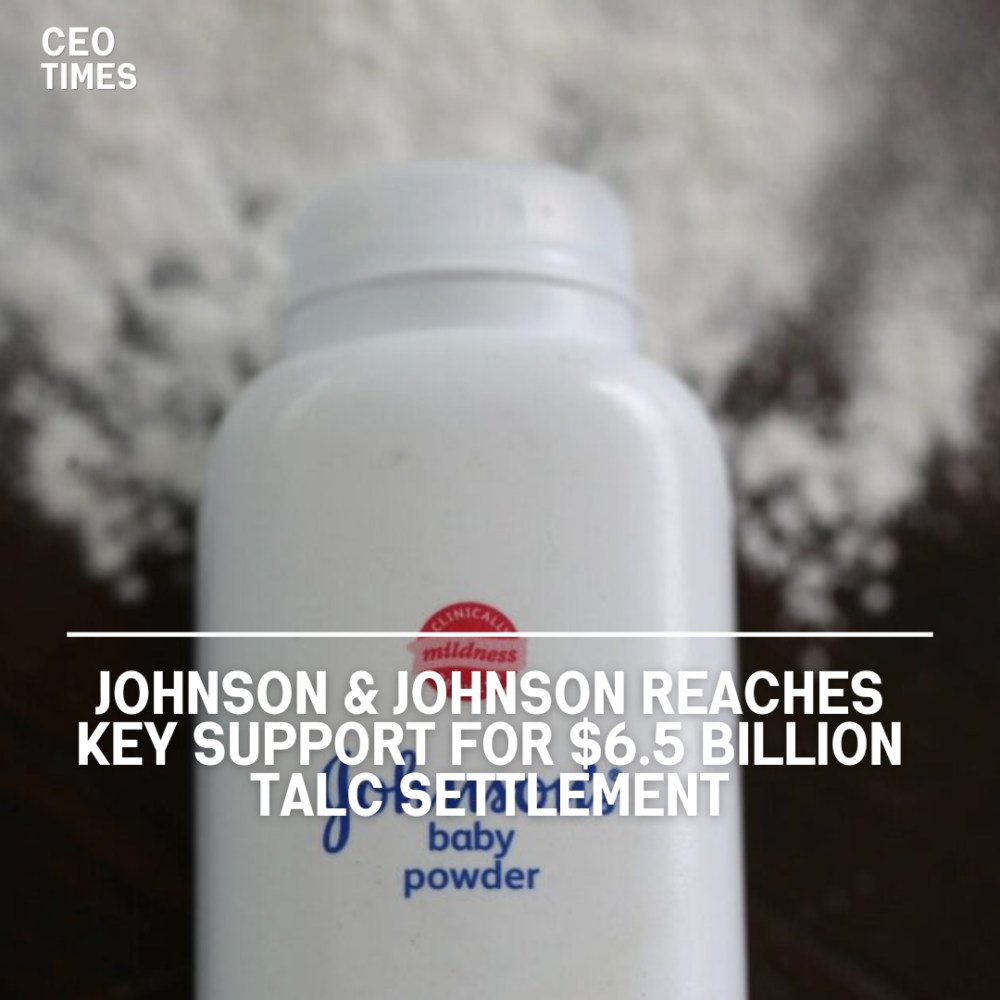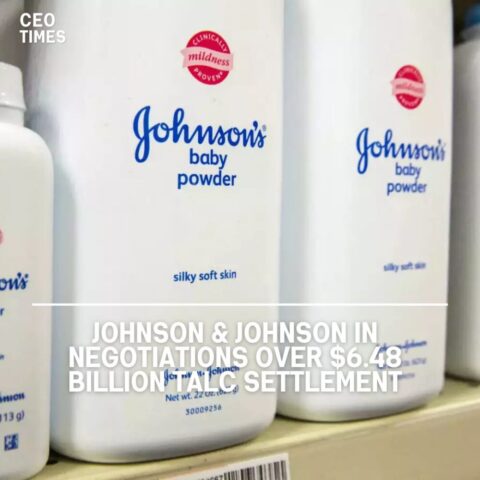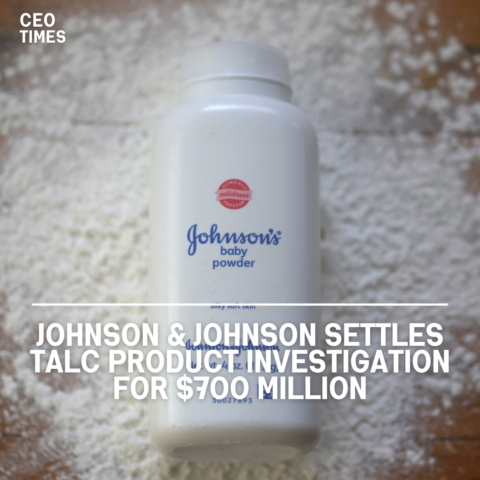Johnson & Johnson (J&J) has reportedly garnered significant support for its proposed $6.5 billion settlement to resolve tens of thousands of lawsuits alleging that its baby powder and other talc-based products induced cancer.
According to a Bloomberg report, over 75% of claimants have voted in favor of the proposal, a critical threshold J&J set for its third attempt at using bankruptcy protection to manage the litigation.
The Claimants and Allegations:
J&J is facing lawsuits from approximately 61,000 claimants who allege that its talc products, including baby powder, were tainted with asbestos and caused ovarian and other types of cancer.
J&J has invariably denied these allegations, maintaining that its products are safe. In accordance with a provision in U.S. bankruptcy law, the company established a 75% vote threshold to proceed with another bankruptcy bid.
Bankruptcy Strategy: The “Texas Two-Step:”
J&J’s strategy involves a controversial legal maneuver known as the “Texas two-step.” This tactic allows the company to offload its talc liability onto a newly created subsidiary, which declares Chapter 11 bankruptcy.
The goal is to force all plaintiffs into one global settlement without requiring J&J itself to file for bankruptcy. This strategy, however, requires the approval of 75% of claimants before a bankruptcy judge can impose the settlement on all parties.
Despite the reported support for the settlement, J&J’s approach has faced significant opposition from plaintiffs’ attorneys and legal challenges. Andy Birchfield, a lawyer representing plaintiffs opposed to the settlement, has criticized the voting process as a “fake bankruptcy election” and expects the tally to be challenged in court.
Legal Hurdles and Supreme Court Ruling:
J&J’s third bankruptcy attempt differs from previous efforts by focusing only on ovarian and other gynecological cancer claims, following earlier settlements with state attorneys general and mesothelioma claimants.
However, the company’s strategy still faces legal hurdles, particularly in light of a recent Supreme Court ruling in Purdue Pharma’s bankruptcy case, which narrowed the ability of courts to halt lawsuits against non-bankrupt entities.
Congressional Legislation and Future Outlook:
The legal landscape surrounding J&J’s strategy could further evolve as Congress considers legislation limiting companies’ ability to shield themselves from lawsuits by placing a shell company into bankruptcy.
J&J must also address arguments that its subsidiary is not in “financial distress,” a key reason why courts rejected its first two talc bankruptcies.
The outcome of J&J’s latest bankruptcy strategy remains uncertain as the company navigates these complex legal challenges.




















